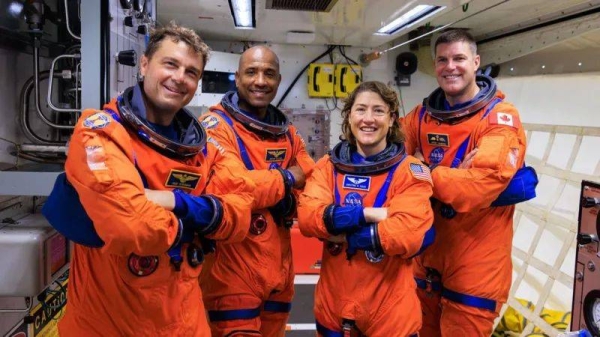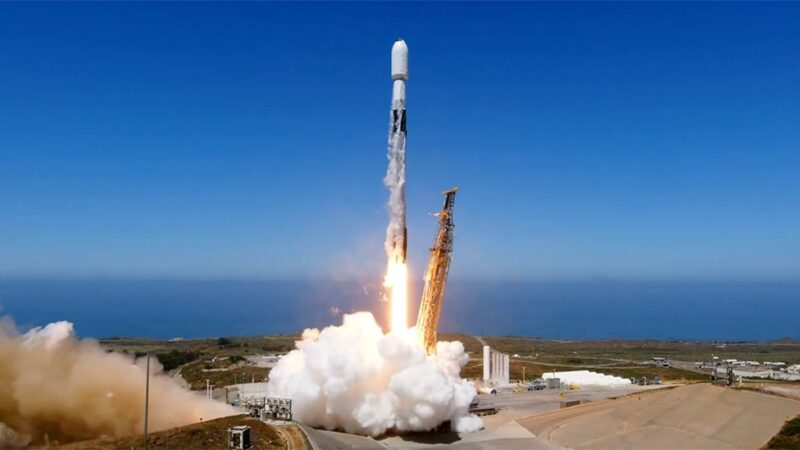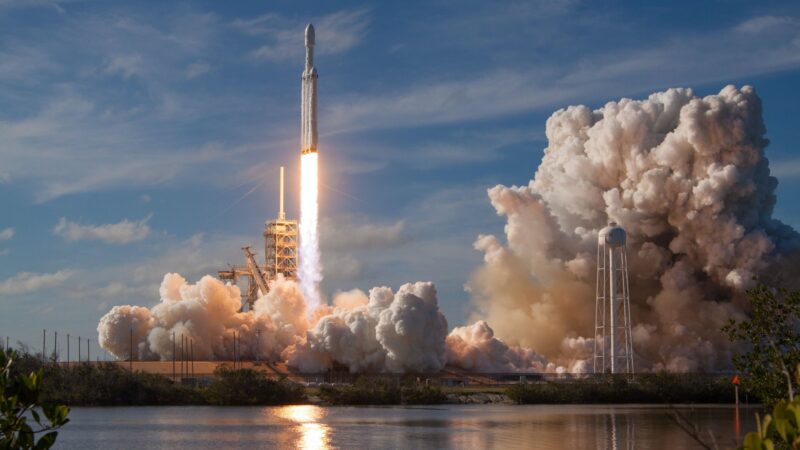Science’s birthday wows with a stunning “James Webb Telescope” image

The “James Webb Space Telescope (JWST)” is celebrating its first year since being handed over to astronomers for operational use. To commemorate this milestone, NASA has unveiled a breathtaking image of the Rho Ophiuchi cloud complex, a prominent star-forming region located a mere 400 light-years away from us. This cloud complex, situated adjacent to the Milky Way, has captivated both professional and amateur stargazers.
The JWST provides an astonishing level of resolution, revealing only a fraction of the dense gas and dust within the region. The entire image spans about half a light year or 4.7 trillion kilometres. One striking feature in the image is the white nebula on the centre-left, illuminated by a young star known as S1, estimated to be a few million years old. Another notable element is a red, bar-like structure stretching across the image, representing the outflow of material from a protostar named VLA1623.
Protostars such as VLA1623 pull in hydrogen gas and dust as they develop, but due to the dynamics involved, some of this material gets expelled outward, colliding with and illuminating the surrounding environment. Although Webb’s infrared eyes cannot directly observe VLA1623, radio telescopes have detected its presence along with two or three similar protostars nearby, which likely contribute to the contortions of the outflow.
Upon closer examination of the image, numerous similar outflows can be identified throughout the Webb vista, highlighting the remarkable productivity of this region of space. The JWST is a collaborative effort between NASA, the “European Space Agency (ESA),” and the “Canadian Space Agency (CSA).” Launched on December 25, 2021, the observatory required six months for setup and system testing, with the first colour images unveiled on July 12, 2022.
Comparing the images captured by the retired Spitzer space telescope, which was also sensitive to infrared light, highlights the extraordinary capabilities of the JWST. With its 6.5-metre primary mirror, Webb has achieved an unprecedented level of detail, surpassing the limitations of Spitzer’s 85-centimetre mirror. The “James Webb Space Telescope” is undeniably a technological marvel, enabling groundbreaking discoveries and pushing the boundaries of our understanding of the cosmos.






